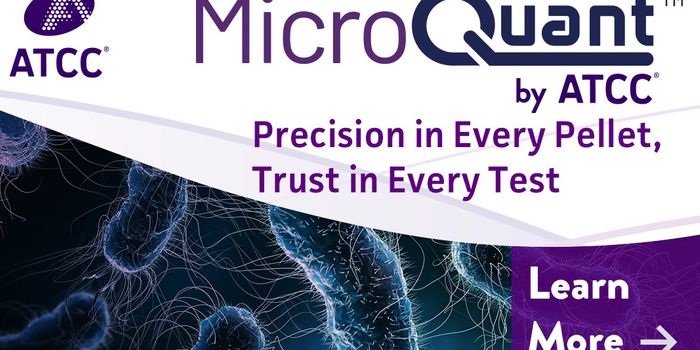Understanding the Role of Astrocytes in MS
After decades of effort, scientists have made real progress in understanding multiple sclerosis. While researchers long knew it was an autoimmune disorder that damages the myelin sheath that serves to insulate nerve cells and propagate neuronal signals, we now have a much more detailed understanding of which cells and biochemical pathways are involved. The disorder is known to be neuroinflammatory, and involve cycles of remission and relapse in early stages, with brain lesions and neurodegeneration appearing later. There is still more to learn about how MS affects the brain.
Astrocytes are a very common type of brain cell that perform many roles, from supportive functions to aiding synaptic transmission.
A gene known as TIMP-1 normally has a role in brain and spinal cord tissue regeneration. But when there is chronic inflammation in the central nervous system (CNS), astrocytes produce less TIMP-1. Research has shown that in MS patients, who often experience neuroinflammation in the CNS, also have abnormally low TIMP-1 expression levels in astrocytes. Thus, the protective role of TIMP-1 is likely lost in MS patients.
Reporting in the Proceedings of the National Academy of Sciences (PNAS), researchers used proteomics to determine what happened in astrocytes that generated low levels of TIMP-1. The effort revealed that a peptide called Anastellin was released from TIMP-1 deficient astrocytes. The study suggested that excess levels of Anastellin are generating a toxic environment in the brains of MS patients, which also impairs the natural self-repairing ability of the CNS.
Additional work showed that Anastellin can also block the function of a brain cell receptor known as sphingosine-1-phosphate receptor 1. And because of this blocking activity, a drug meant to treat MS called FTY720 (fingolimod) stops working as intended.
"It's a pretty big finding, and it could help ensure MS patients are more rapidly diagnosed and placed on the most effective drug for them, and avoid ones that won't ultimately work, since we know that the earlier we can treat patients the better off they will be long-term," said corresponding study author Stephen J. Crocker, PhD, an associate professor at the University of Connecticut School of Medicine.
It can take a long time to identify MS patients, and there are no genetic tests for the disorder right now. The Anastellin peptide may be a biomarker that can indicate which course of treatment is best for an MS patient, Crocker suggested. It can also serve as a new target for potential MS drugs.
"My hope is that we will soon find a new treatment for MS so patients can live their fullest, and most rewarding lives," added Crocker.
Sources: University of Connecticut, Proceedings of the National Academy of Sciences (PNAS)









